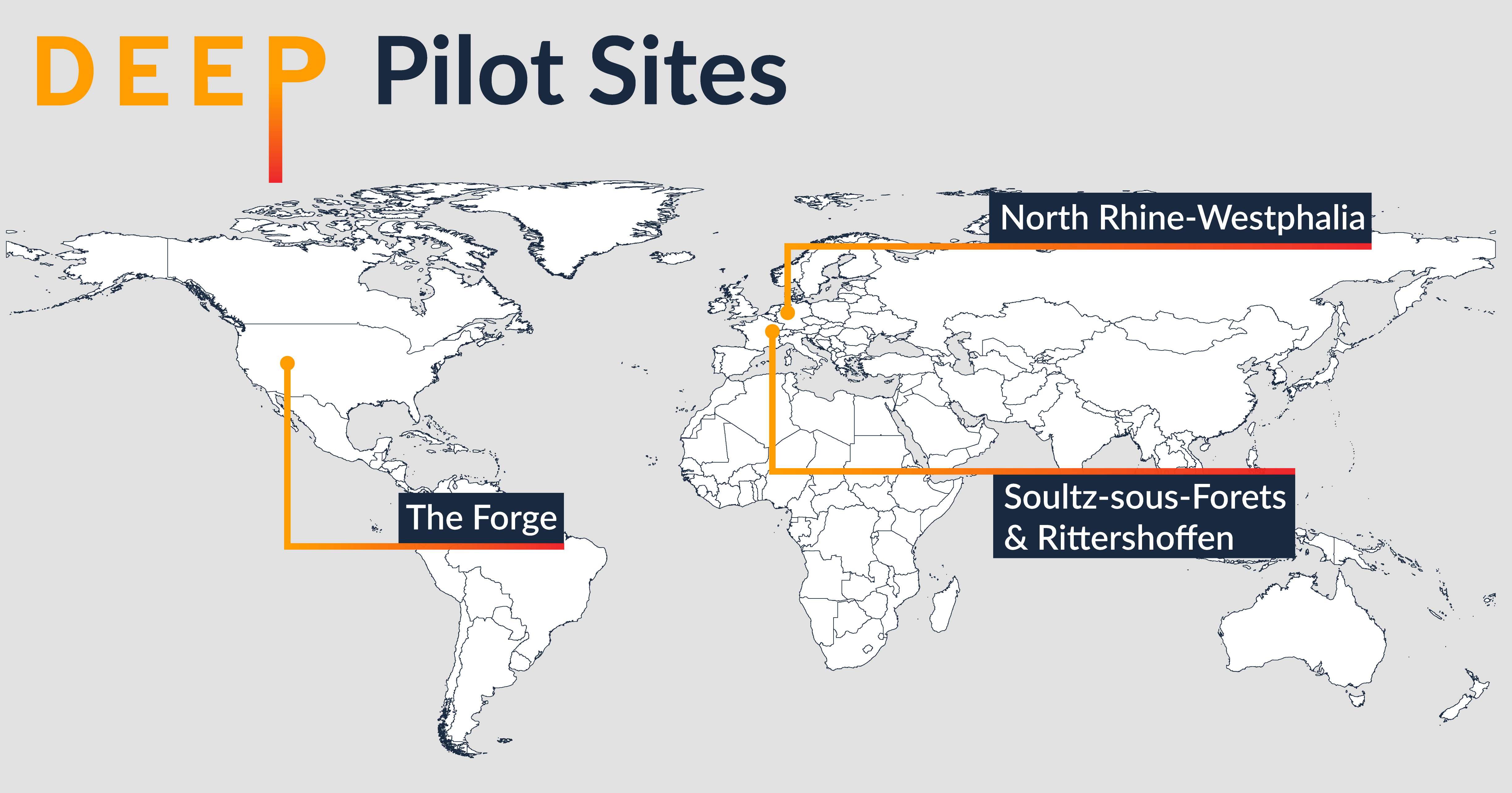Innovation for De-Risking Enhanced Geothermal Energy Projects (DEEP)
Seismic risk reduction and reservoir efficiency is the major coupled problem for EGS reservoirs. Balancing risk and economic output is a key requirement in all EGS projects. Innovations in geothermal risk governance are urgently needed and possible, based on recent advances in seismic monitoring technologies, modelling capabilities and process understanding. DEEP has a strong focus on optimization of monitoring and risk assessment procedures in order to reduce commercial costs to future projects.
Challenges of Geothermal Energy Projects
The Nov. 2017 Mw 5.5 Pohang earthquake in South Korea induced during the reservoir creation phase of a deep geothermal energy project represents a major setback and tremendous challenge to future deep geothermal energy exploitation. Enhanced Geothermal System (EGS) projects in deep crystalline rocks are especially under pressure because induced seismicity is strictly linked to permeability enhancement of the reservoir for creating an efficient heat exchanger. However, hydrothermal and geothermal systems are also challenged by induced seismicity, as the strongly felt November 2019 Strasbourg earthquake sequence documented again. Existing and upcoming geothermal projects in DEEP partner countries France, the Netherlands, Switzerland, Germany and the USA will need to present competent answers to the challenges related to induced seismicity and convincingly present more reliable procedures to assess and reduce the seismic risk. Otherwise, they will not be able to maintain their social license to operate and deep geothermal energy growth will be severely scaled down.
Objectives of DEEP
DEEP’s interdisciplinary team of scientists and practitioners execute an ambitious work program that leverages on national efforts, bringing ongoing and planned, but currently fragmented initiatives together into a coherent international effort towards the ultimate goal of de-risking future geothermal projects worldwide. The five specific objectives of DEEP are:
- Innovation in sensor and processing technologies to deliver step-changes in monitoring and imaging capabilities. Learn more about this here: Work Package 1.
- De-Risking: DEEP develops and tests robust real-time modelling and risk-mitigation strategies, based on machine-learning, statistical and physics-based forecasting models. These next-generation adaptive and data-driven risk mitigation tools have shown potential to forecast seismicity during EGS reservoir evolution much more precisely than current models. Learn more about this here: Work Package 2.
- Knowledge Transfer: We will enable and exploit knowledge transfer from other scales and other plays to deep geothermal energy, such as Underground Labs (e.g., Bedretto Lab, EGS Collab). DEEP will transfer this rich knowledge, the technologies and physical understanding () to full scale deep geothermal energy applications (TRL 5-7). Learn more about this here: Work Package 3.
- Demonstration: We will demonstrate in full-scale and real-time applications the potential and limitations of these new technologies and risk mitigation strategies. DEEP will demonstrate technologies at the FORGE geothermal site and underground field laboratory in Utah (USA) as well as in other demonstration sites in Germany and France. Learn more about this here: Work Package 4.
- Good Practise: DEEP will define the next generation of good-practice guidelines and protocols, based on the lessons learned and harmonized internationally, and provide for the first time an open-source toolbox for EGS risk assessment and risk management. Learn more about this here: Work Package 5.
Funding
This project is subsidised through the Cofund GEOTHERMICA together with the European Commission and by various National Funding Agencies. You will find more details about the funding here.
